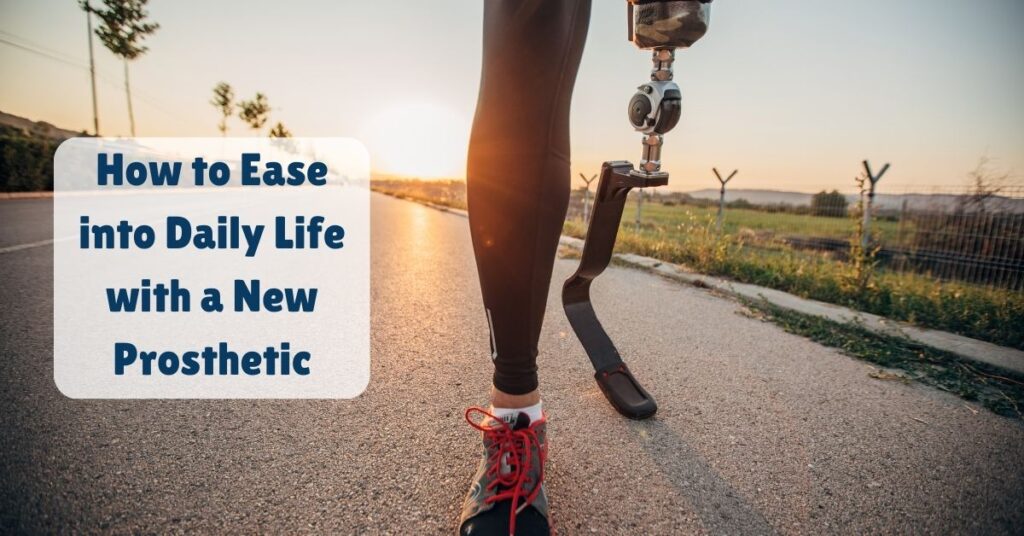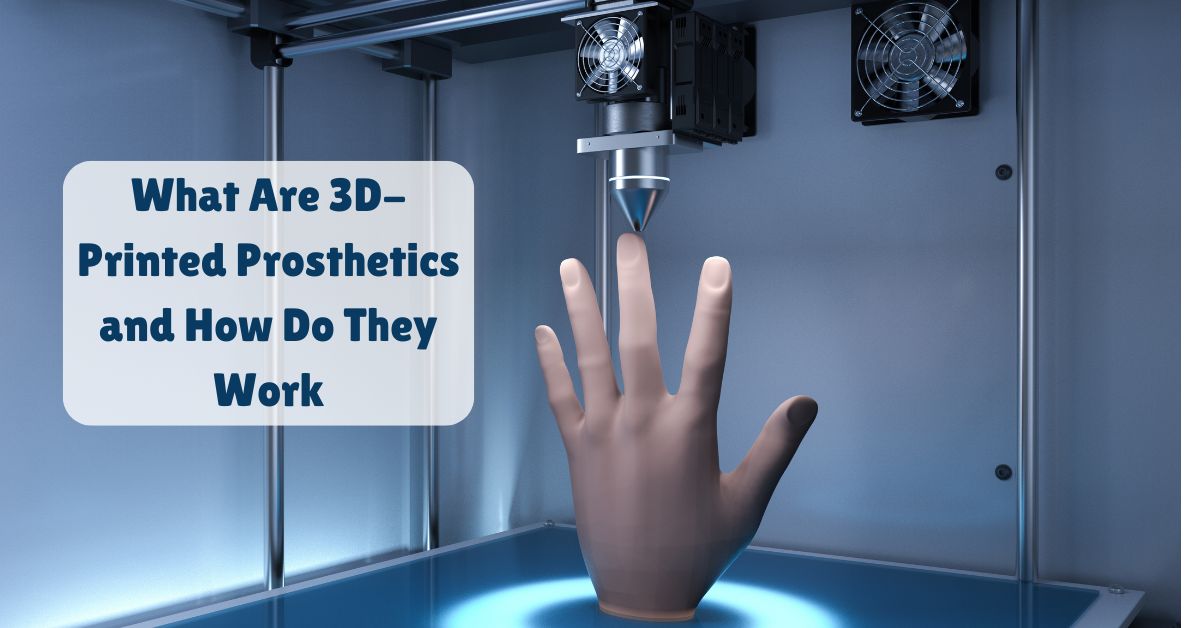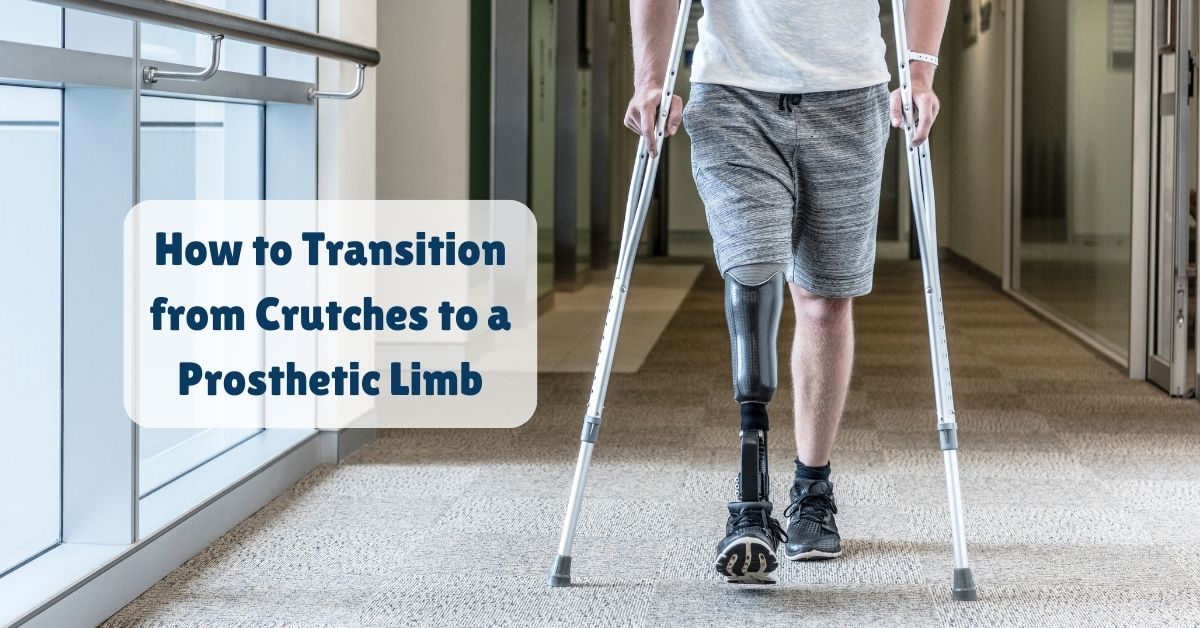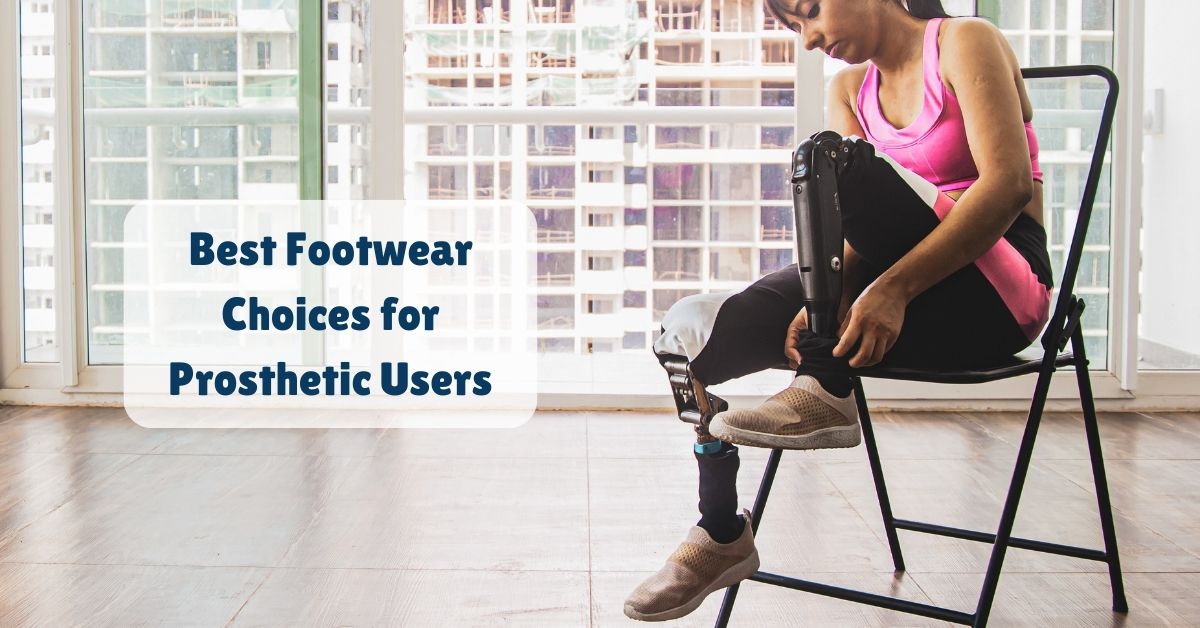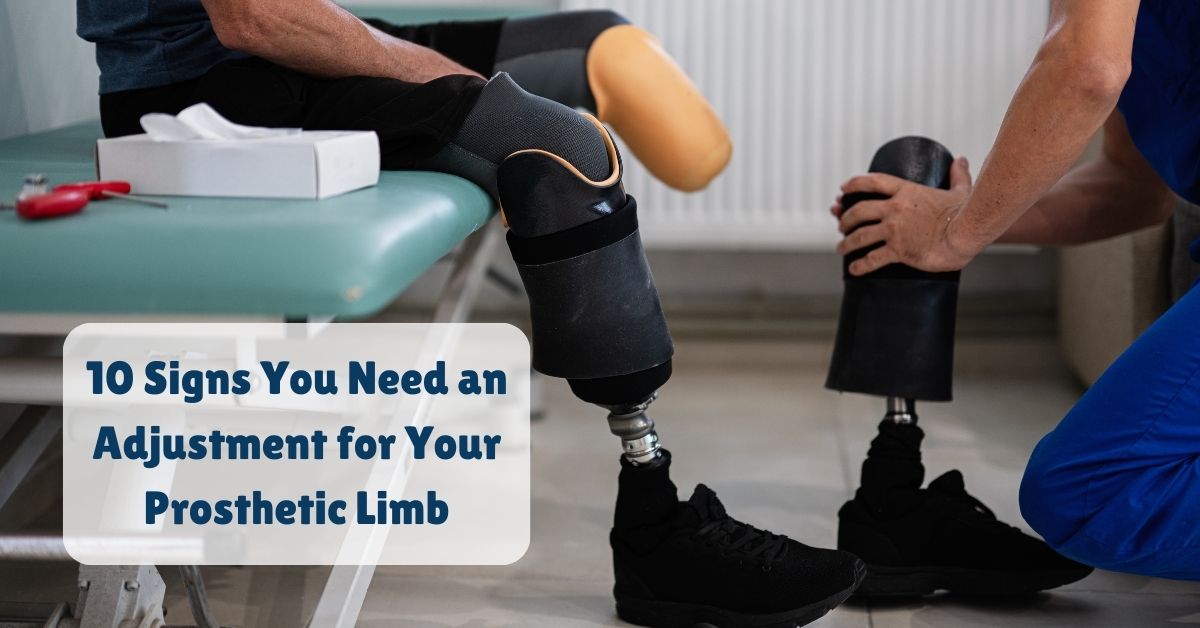Adjusting to life with a new prosthetic limb often comes after a profound loss, and the journey can be both deeply personal and incredibly challenging. Whether you’ve recently undergone an amputation or are learning to adapt to a new device, it’s normal to feel a whirlwind of emotions—grief, frustration, and even hope. This transition is not just about physical adjustment; it’s about reimagining your life and finding ways to embrace new possibilities. In this article, we’ll share practical tips to help you ease into your daily routine with a prosthetic, reminding you that it’s okay to seek support and take things one step at a time. You are not alone on this journey; many others have faced similar challenges and emerged stronger, and you, too, can find your way forward.
Understanding Your Prosthetic
The first step in easing into daily life with a prosthetic is understanding your new limb. Familiarize yourself with its parts, how it works, and how to care for it. Your prosthetist will provide instructions on proper usage and maintenance. Here are some key components to know:
Socket: This is the part of the prosthetic that fits over your residual limb. It should be snug but not painful. A well-fitted and well maintained socket is important for comfort and mobility. If it feels too tight or loose, let your prosthetist know right away so adjustments can be made.
Pylon: This is the supportive structure that connects the socket to the foot or ground. The pylon helps to stabilize your movements and supports your weight. Understanding how the pylon functions can help you feel more balanced as you walk.
Foot or Ankle Component: Depending on your type of prosthetic, this part can vary widely in design and function. Some are made for everyday activities, while others might be specialized for sports or uneven terrain. Knowing the specific features of your foot or ankle component can help you choose the right shoes and surfaces to walk on comfortably.
Take the time to explore how your prosthetic feels during movement. Start by practicing walking in a safe environment, like your home or a flat outdoor space. Ideally, have a trusted friend or family member by your side for support. They can help encourage you and provide assistance if needed, making the adjustment process a little easier.
Start Slow
When you first receive your prosthetic, it’s important to start slowly. Don’t rush into all your daily activities right away. Begin with simple tasks that you can manage comfortably. This gradual approach allows your body to adjust to the new limb without overwhelming yourself. Here’s how to break it down:
Practice Standing: Spend time standing up with your prosthetic. Focus on your balance and comfort level. If needed, use a sturdy chair or a wall for support.
Short Walks: Start with short walks around your home. Gradually increase the distance as you feel more confident. Use a walker or cane if needed until you feel stable.
Everyday Activities: Once you’re comfortable with walking, try to engage in daily activities like cooking or cleaning. It’s okay to ask for help initially; your friends and family will be happy to support you.
Listen to Your Body
As you adjust to your prosthetic, it’s necessary to listen to your body. Some days will be better than others, and it’s important to recognize when you need to take a break. If you experience discomfort, pain, or excessive fatigue, it may be a sign that you’re pushing too hard. Here are some tips to help you tune into your body’s needs:
Take Breaks: Don’t hesitate to sit down and rest when you feel tired. Gradual progress is better than pushing yourself too quickly.
Monitor Pain: Taking care of residual limb is important If you notice pain in your residual limb, adjust the fit of your prosthetic or speak with your prosthetist. A proper fit is essential for comfort and mobility.
Hydrate and Nourish: Staying hydrated and eating balanced meals can help with energy levels and overall well-being. Your body is adjusting, and proper nutrition supports that process.
How Long Does It Take to Adjust to a Prosthetic?
The adjustment period for a new prosthetic limb varies widely among individuals and can depend on several factors, including the type of prosthetic, the level of amputation, and personal circumstances. Generally, it can take anywhere from a few weeks to several months to become comfortable and proficient with a new prosthetic.
Initial Fitting and Learning (Weeks 1-4): In the first few weeks after receiving your prosthetic, the focus will be on getting used to the device. During this time, you may experience discomfort as your body adjusts. It’s important to communicate with your prosthetist about any issues with the fit or functionality of the limb.
Building Strength and Confidence (1-3 Months): As you continue to practice walking and performing daily tasks, your strength and confidence will gradually improve. This is a major time for physical therapy, as it can help you regain mobility and learn effective techniques for using your prosthetic.
Independence and Routine (3-6 Months): After several months, many individuals start to feel more independent with their prosthetics. You may find that daily activities become easier and that you can move around with less effort. By this stage, it’s common to incorporate the prosthetic into various aspects of your life.
Long-Term Adaptation (6 Months and Beyond): Over time, as you become more accustomed to your prosthetic, you may find new ways to engage in activities you love or even discover new hobbies. Continuous adaptation and practice can lead to a more active and fulfilling life with your prosthetic.
Incorporate Physical Therapy
Physical therapy can be a valuable resource as you adapt to your prosthetic. A physical therapist can provide tailored exercises and strategies to help you regain strength and mobility. They can also assist you in developing a routine that fits your lifestyle. Some potential benefits of physical therapy include:
Strengthening Exercises: Targeting your legs and core can improve your balance and stability. These exercises can help you walk more confidently with your prosthetic.
Gait Training: Learning how to walk with your prosthetic correctly can significantly impact your mobility. A therapist can guide you through proper techniques.
Adaptation Strategies: Physical therapists can teach you how to perform daily tasks more easily, whether it’s climbing stairs or getting in and out of a car.
Celebrate Your Progress
As you adjust to your new prosthetic, it’s important to take time to celebrate every bit of progress, no matter how small. Each step forward, whether it’s walking a little further or feeling more balanced, is a victory worth acknowledging. Celebrating these milestones can boost your confidence and remind you of how strong you are.
One way to track your progress is by keeping a journal. Write down your thoughts, challenges, and accomplishments. This can help you process your emotions and see just how far you’ve come over time. On tough days, looking back at your journey can remind you of the progress you’ve already made, helping you stay motivated.
This is the Start of Your Empowering Journey
Easing into daily life with a new prosthetic is a journey filled with ups and downs, but it’s also an opportunity for growth and self-discovery. Remember to take it one day at a time, listen to your body, and seek support when needed. With patience, practice, and a positive mindset, you can navigate this transition successfully. You’re not alone in this experience, and each step you take is a testament to your strength and resilience. Embrace the journey ahead!
At Proactive Technical Orthopaedics, we understand the importance of finding the right prosthetic solution tailored to your unique needs. Our dedicated team of experts is here to guide you every step of the way, Contact today to schedule a consultation.
Always consult with a qualified healthcare provider or prosthetist regarding any concerns or questions about your prosthetic limb and its usage. Individual needs and circumstances may vary, and a healthcare professional can provide personalized guidance tailored to your specific situation.

